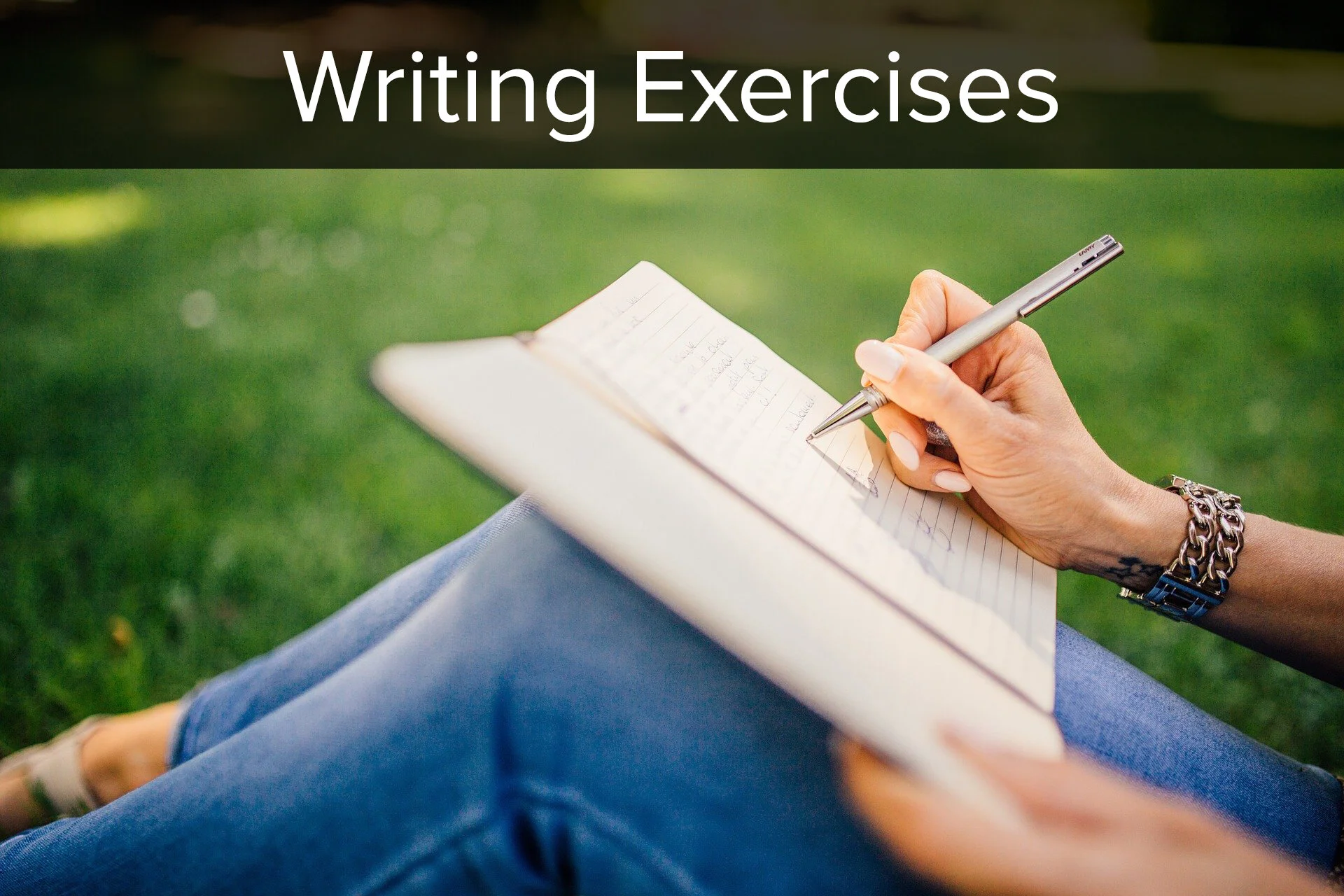Finding Your Book's Voice
/People talk a lot about voice in books, but what does that actually mean? Voice is a tough concept to get one’s hands around because it’s way more art than science. There aren’t really any rules to voice, so how do develop it?
First of all, it’s important to understand the difference between narrative voice vs. character voices. I discussed creating character voices via dialogue at length in this blog post, so I’m not gonna rehash that today. Okay? Cool. Back to narrative voice….
First Person
Ex: Hi, my name is Sprinkles. At least it is now. Anyway, this is the story of how I became a cat.
In the case of first person perspective, your main point-of-view (POV) character and narrative voice will be the same since that POV is the one doing the narrating. But that’s not only voice we hear even though everything happening is filtered through this one character’s perspective.
This is the important part.
Every character has their own personality, their own quirks and background, and all of this contributes to their voice. So in your first person POV story, we should hear each character as they truly sound as individuals.
And feel free to play with that. Because first person is so close to your POV character—you’re inside their head at all times—your POV character can react to how different another character sounds from them. That’s another way to show us POV character’s personality. Maybe your POV character gets annoyed by the hoity-toity way character B talks. Why? Maybe it makes POV character feel inferior? Maybe it reminds POV character of a teacher they hated, a teacher who was prejudiced against them. Details add color to your characters.
Second Person
Ex: So you came. I didn’t think you would. Pity. I was looking forward to starting a new cross stitch project. No matter. Let’s crack on, shall we?
Now, With second and third person perspectives, they narrators are different entities from the story’s characters (generally speaking), so your narrative voice might be very different than your character’s voices.
With second person perspective especially, some argue that the narrative voice should be different given that the narrator is speaking directly to you, the reader, and breaking that fourth wall. The A Series of Unfortunate Events by Lemony Snicket is a great example of this. The narrator has a very distinct voice, wry and morose but also wise and well-meaning. Patrick Warburton in the Netflix series based on the books was a fantastic choice for this. And I tend to agree with the idea that your second person narration voice should be really different from your book’s characters because having a different voice compared to all the others can add color and different opinions and more depth to the book. And it gives you an opportunity to make things entertaining in a way that using a different perspective might not afford you.
Third Person
Ex: Carol Shimbleshanks never expected to meet a troll. A pixie, sure. Maybe even a satyr if she was very lucky. But never a warty, olive green-skinned troll.
Third person perspective seems to be one of the more difficult perspectives to get a unique narration voice with. Here’s the thing, though. Your narrator for your third person perspective voice doesn’t need to be a bland, featureless, omniscient radio broadcaster simply reading off the events happening in your world. Third person narration should also have it’s own personality.
Think about it, third person perspective. That’s another person in the room! An unseen person with no power over the events happening and no way to interact with the other characters, but that third person is still an entity in their own right. So, given that your third person narrator is a person, how would they sound?
Thinking about it another way, what is your book’s personality? Is your book’s personality witty and full of silly yet apt comparisons like Douglas Adams? Is it very serious and never adds sugar to its drinks and wonders why these readers are even here but no matter, there’s a tale to be told, so be it? How old is the narrator? Are they old and have longer-form sort of speech patterns. Or are they young and use shorter sentence structures?
Or, if that’s tricky to try and conceptualize, no worries. Try this instead. Who’s a person who would love this book? Who’s the person who claims this as their favorite book ever? What’s that person’s personality? What do they think are the important bits? What makes them laugh? Or cry? Apply that person’s personality to your book’s narrative voice.
In General
Okay, so this is all well and good, but what are some practical tips for how to do this? Please. You know I got your back 😉. Of course, all of this will depend on your story, but there are some tricks.
Firstly, and some advice I just received from a dear friend of mine^, accents. It’s easy to get carried away with accents, but they can also do some heavy lifting for you too. From toffee-nosed upper class gentlemen to poverty-stricken urchins to pirates on the high seas, accents can be really helpful to show contrasts and define voices. I don’t really recommend giving your narrator a strong accent—that could get really distracting really fast—but applying them to your characters can help differentiate your narrator’s voice from the character voices in the book.
^This same friend’s agent just took friend’s debut novel out on submission—woohoo!!! 🎉🎉🎉 You go, girl!
Similarly, small vernacular variations in speech. In the Thrilling Adventure Hour’s podcast series Sparks Nevada, Marshal on Mars, Croach the Tracker never ever uses contractions. It’s a tell that he’s being impersonated by a spy from Jupiter in one episode. It’s a small thing, but another idea for defining your book’s voices.
Alternatively, try this as a writing exercise. Take your narrator, no matter what perspective you’re using, and write a speech for them. Maybe they’re explaining why it’s a terrible idea to go through that door. What does their argument sound like? Are they freaking out? Presenting logical arguments for not going through the door? Maybe they’re calm at first, but their courage runs out and then they begin pleading. Have fun with this. Get crazy. Let’s say the person who wants to go through the door then says something really insulting to your narrator. Now how does your narrator react?
Of course, you can also try switching perspectives. For instance, if your book is being told in third person, try bringing the narrator closer and write some bits in second perspective. Now that the narrator is speaking directly to the readers, what does this second person narrator really want us to hear? If they hesitate in the telling of the story, what do they say during this pause in the narration? Then, when you have a better sense of who the narrator is, you can bring it back out to third person perspective and just scale back that personality you’ve discovered in your narrative voice. Give us lighter touches of it throughout.
Voice is definitely a whole layer of its own in your book, but you can develop it. And, as with any skill, writing more will provide practice, and practice develops into craft. Do you have any other tips for figuring out your narrative voice? If so, leave them in the comments below 👇.
Thanks for reading!
Latest in social media:
…
Dana Fraedrich / www.wordsbydana.com participates in affiliate advertising programs designed to provide a means for sites to earn advertising fees by advertising and linking to amazon.com, Audible.com, and others. This page contains affiliate links.










